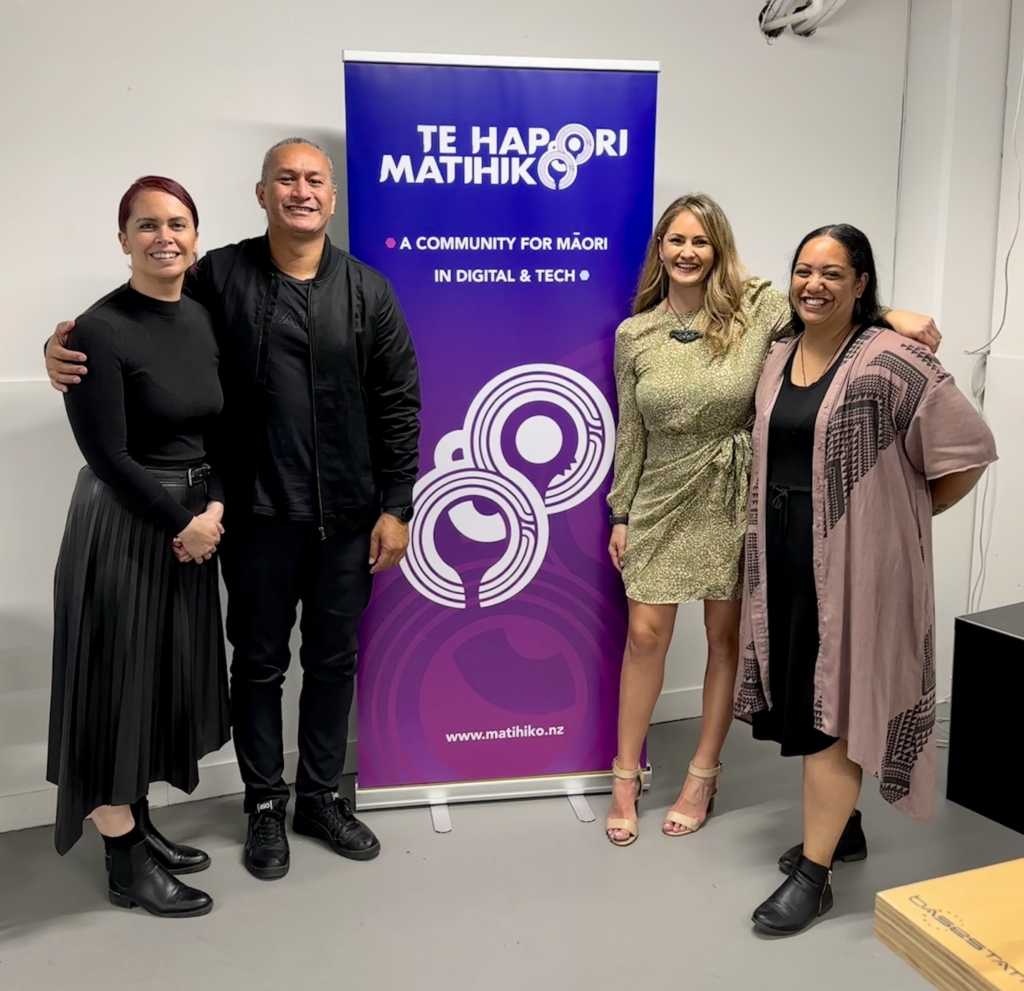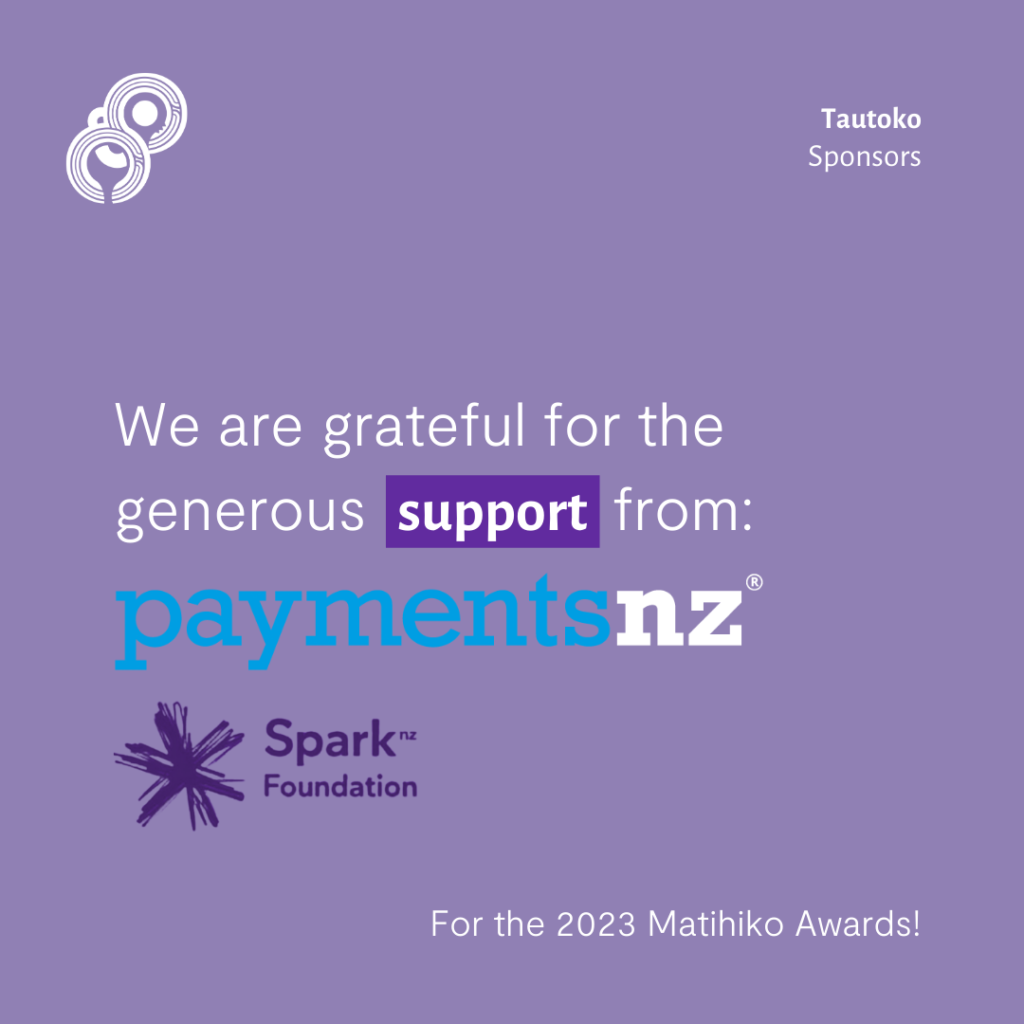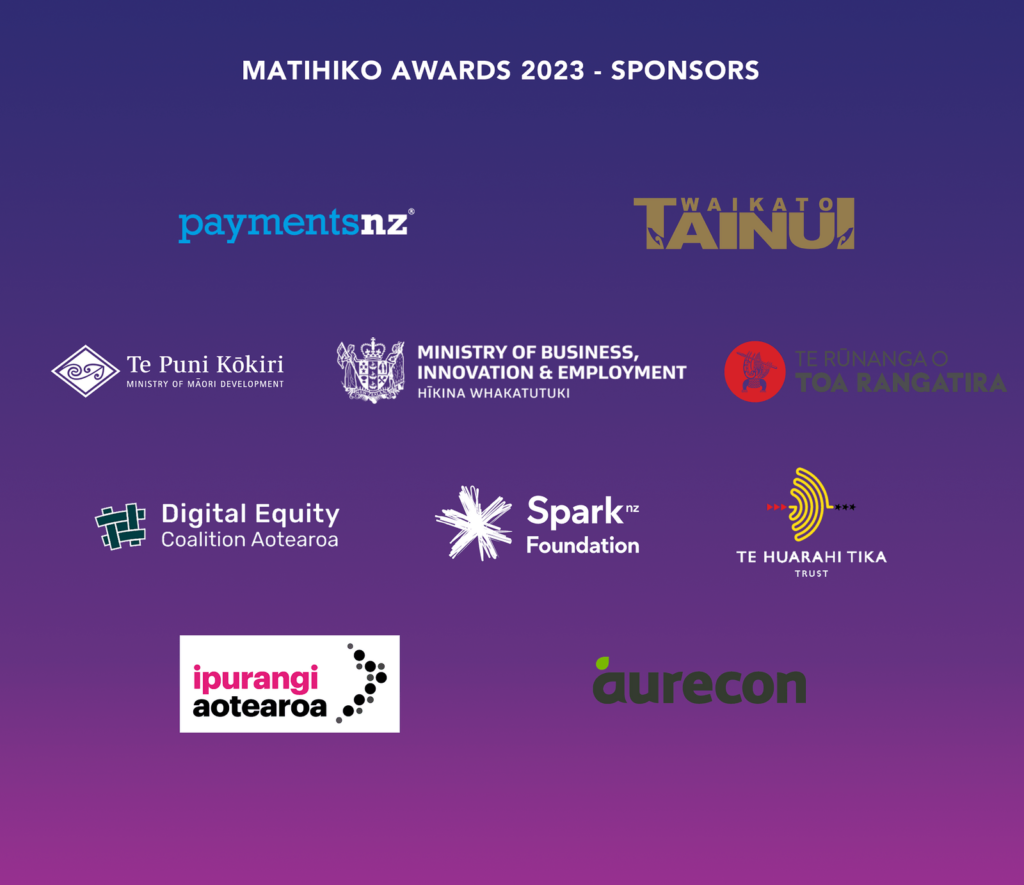Connecting with your taha Māori (ao Māori) can be a difficult journey. From finding your whakapapa and information about your hapū to trying to find the right time to head home to your marae, it’s tough! We understand, we’ve been through it too and so we’ve put together a list of steps that you can take to make the journey easier. Beyond joining reo and tikanga courses, here are 5 steps to help those with much and those with little whakapapa knowledge to connect to your taha māori .
1. Check out Māori Maps
For many, our first point of whakapapa connection is asking a whānau member, some may receive their entire pepeha and others may only find out the name of their marae. Take that ingoa marae and head over to Māori Maps.
The Māori Maps website is a tomokanga/gateway to information about many marae across Aotearoa. The website has a nationwide map that plots out marae locations, photos of each marae, key information like the pepeha of the marae, contact information and marae addresses. You could make your way to your marae, no sweat.
2. Register with your iwi/hapū
Whether you know how you whakapapa to an iwi or you’ve just found out which iwi you whakapapa to, google your iwi and see if you can join the registrar.
The general purpose of iwi registrations is to collect the names and contact details of all who affiliate to that iwi. Heoi, you might receive emails with updates, grants, scholarships and upcoming events from your iwi to help you stay in the loop.
3. Join your iwi social media
There’s a chance your iwi emails might be a yearly thing, nō reira jump on Facebook and see if you can join your iwi groups, most iwi (some hapū and marae) have their own Facebook groups – join them. These groups will have quick updates about your iwi things like tangihanga, rāhui that may be in place, marae updates, kura reo or iwi symposium.
– Attend the symposiums, these usually have history about your iwi, your whenua and your people.
– Whether you are fluent or still learning reo Māori, go to the kura reo. Not only will you learn from your people about your iwi reo and mita, you will also meet people that you share whakapapa with who could help you through your journey.
If these aren’t options for you, connect with someone through the Facebook groups, build a relationship and ask if they can help you visit your marae – there is no harm in asking.
4. Connect with your local Māori
It’s not always easy to drop everything to attend kaupapa on your marae, kei te pai. Try connecting with your local – whether that be with the iwi whose whenua you currently occupy or Māori from your neighbourhood, work or study. Reach out and see what happens. Schedule time to meet together, practice your reo māori talk about whakapapa, tikanga and all things Māori! Build your hāpori, choose your whānau. It can be scary but it can always start with “kia ora, nō hea koe? I’m [name], from [place/iwi]” and leave the rest in the hands of tūpuna.
5. Tūpuna Archives and Google
Last but very much not least, reach out to your iwi and see if they have tūpuna archives. Another option is to look at Tiaki the Alexander Turnbull Library in Wellington, some files may be digitised heoi the vast majority of information are not – nō reira, this step requires a visit. When you get there, search your iwi, hapū, whānau names, ingoa tūpuna names, the names of your whenua, your maunga and awa. You may be surprised with what you find.
——————-
Connecting and maintaining connections with your Māoritanga is not a simple task. It takes time, energy, commitment and a bit of whakapono/belief to get through. So take your time and enjoy the journey.



